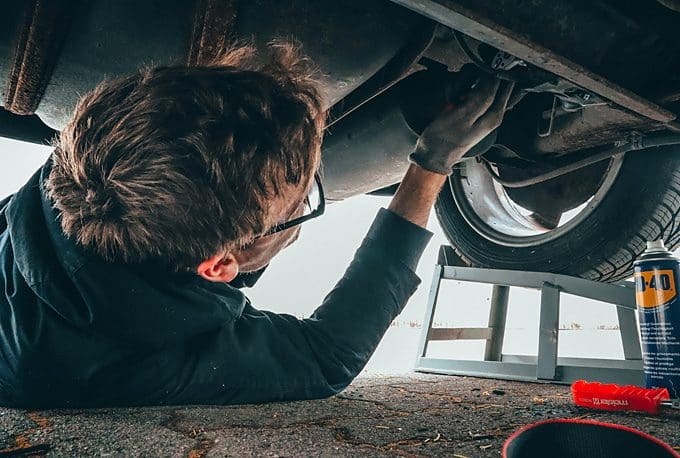words Al Woods
Research by Kwik Fit shows that the average driver in the UK spends £1,295.52 every year on vehicle maintenance and servicing, according to a report on Moneyshake. Nobody likes the idea of spending a huge sum of cash at a mechanic’s shop. That’s why you should prioritise regular DIY car maintenance to prevent breakdowns and mechanical failure that end up costing you a lot of time and money.
But before you can start inspecting and fixing vehicle parts, ask yourself how much you know about car maintenance. Like many drivers, you probably know everything about wheel alignment, checking the engine oil, and fixing a flat tire. However, you may not be familiar with the equipment needed to make your automobile maintenance tasks easier and safe. Keep reading to familiarize yourself with the essential tools you need to stay on top of vehicle maintenance.

Socket Set
A socket set is a must-have for DIY car maintenance and professional repair work. This toolset is designed to help tighten, loosen, or remove nuts and bolts in a car. It helps save time and energy while carrying out maintenance tasks by reducing the use of spanners. Typically, the socket set features a variety of tools, such as ratchet handles and extensions and universal joint adapters. Many professional socket sets also come with at least 300 different tools ranging from torque wrench to impact socket, hammer, pliers, spanner, Allen keys, and nuts. Buying a socket set that includes all these tools is economical. Plus, you’ll have an easier time carrying all your essential garage tools in one case.
Car Ramps
Vehicle maintenance involves getting under your car often to inspect and fix damaged parts. And while jack stands allow you to get underneath your vehicle, their safety and stability risk are a big concern. For this reason, professional mechanics recommend investing in car ramps. With car ramps, you can get under your car with some extra height to move around without worrying about accidents. That’s because your car wheels sit on a wide surface area, reducing the possibilities of slipping and falling.
Another advantage of car ramps is that they come in different shapes and sizes. For instance, you may consider buying low profile car ramps as they provide a gradual incline for sports cars or other vehicles that sit close to the ground. These ramps are longer to support a gradual lift and prevent you from hitting your car’s bodywork or bumper. On the other hand, heavy-duty ramps or two-piece ramps are more suitable for supporting the extra weight and tire widths of large vehicles, like pick-up trucks and SUVs.
Car Maintenance Lubricants
Lubricants create a protective layer on moving parts inside cars, which means they prevent friction and rust that lead to mechanical damage. For example, spraying a rust penetrant helps prevent rust from forming on metal parts and unstick stubborn nuts and bolts. You can use brake cleaners to clean brakes and other metal parts to prevent corrosion and squeaking. Other essential lubricants you need for car maintenance include steering fluid, engine oil, suspension fluid, and grease.
Self-servicing your vehicle can help save more money and time than paying a mechanic. However, you need the right equipment for performing car maintenance to enjoy these benefits. Essential tools you’ll need in your garage include a ratchet and socket set, lubricants, car ramps, and work light.









